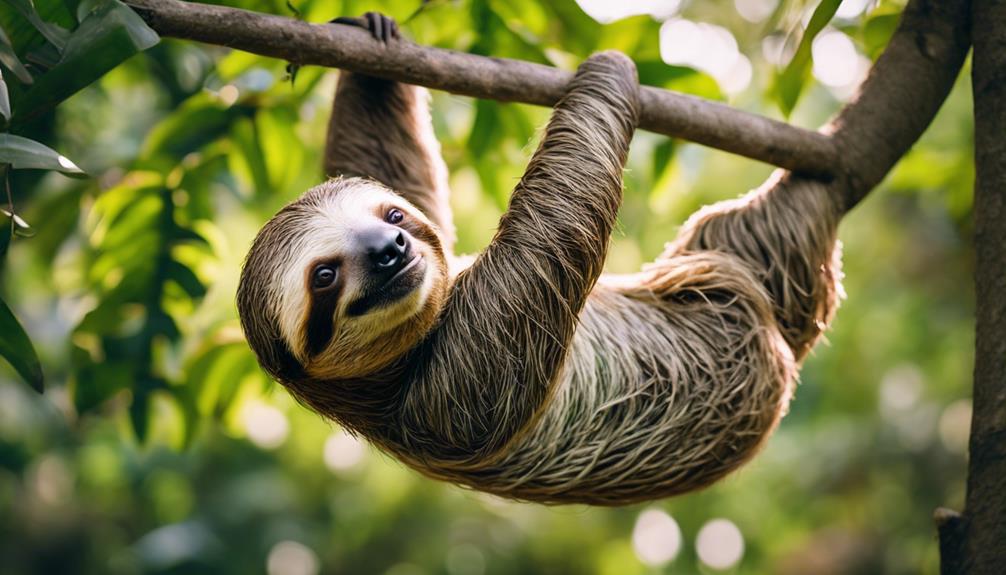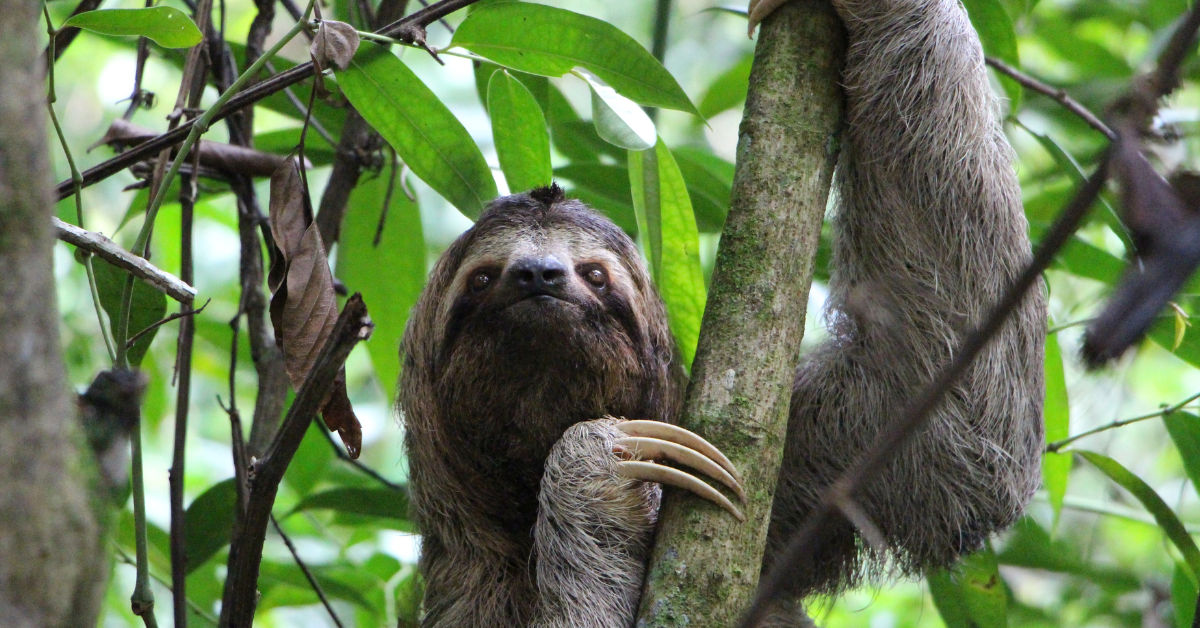
Hanging upside down for up to 20 hours a day, sloths’ sleeping habits reveal surprising adaptations for survival. But why do they need so much rest?

Hanging upside down for up to 20 hours a day, sloths’ sleeping habits reveal surprising adaptations for survival. But why do they need so much rest?

Mystery shrouds the truth about sloths' potential danger to humans, leading to surprising revelations ahead.
Are you curious about sloths and their behavior towards humans? Wondering if they attack? Contrary to popular belief, sloths are not naturally aggressive. They prefer to live in isolation, away from predators, only becoming aggressive when they feel threatened. Using their sharp nails and teeth, they defend themselves. However, sloths do not attack humans without provocation.

Sloths are slow-moving mammals that are known for their sluggish behavior and unique adaptations to their environment. They belong to the order Pilosa, which also includes anteaters, and are native to Central and South America. There are two main types of sloths: two-toed and three-toed, which are distinguished by the number of digits on their front limbs.